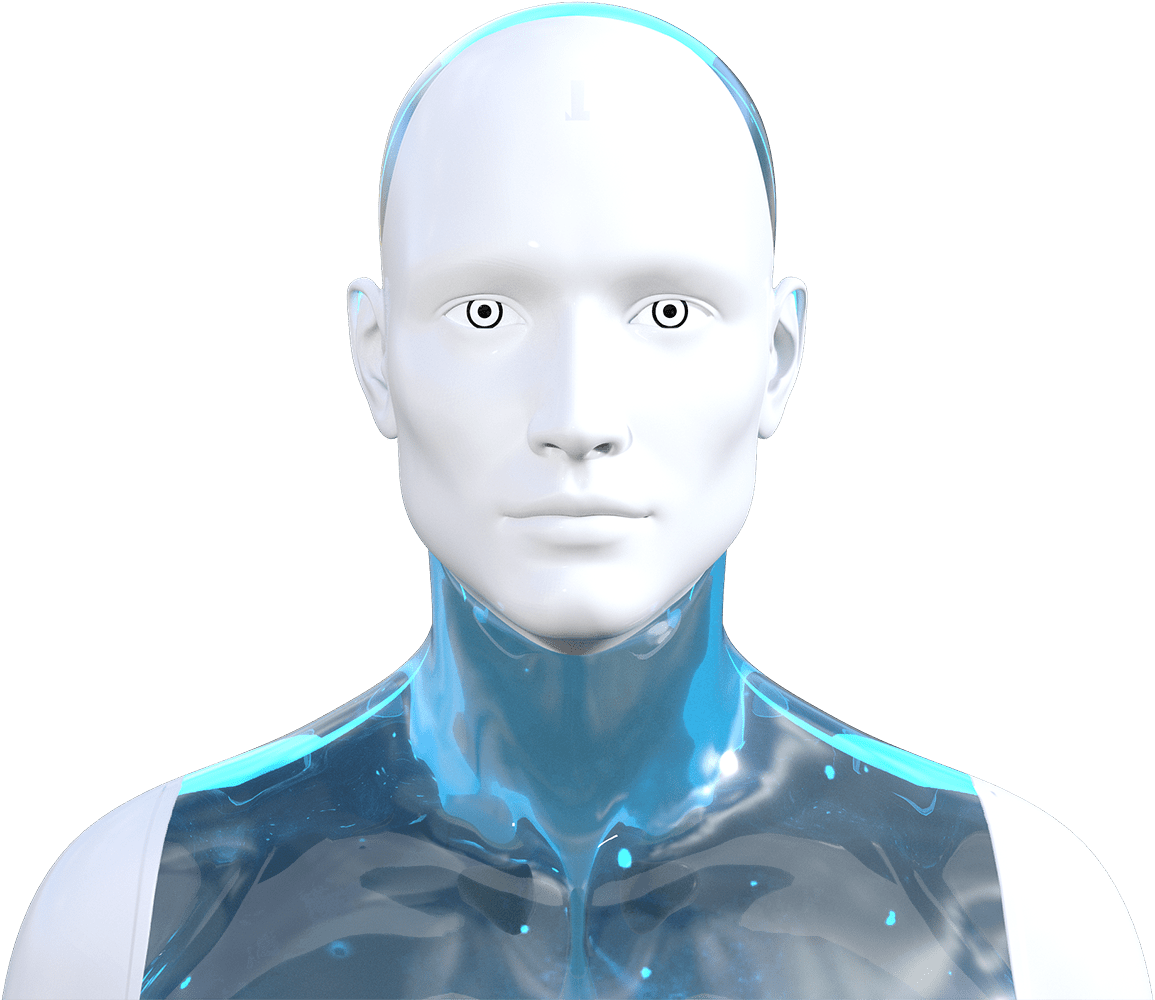Machine Learning (ML) is a subset of Artificial Intelligence (AI) that focuses on developing algorithms and statistical models that enable computers to learn from data and improve performance over time without being explicitly programmed. In simple terms, machine learning allows systems to automatically identify patterns in data and make decisions or predictions based on that data.
Key Concepts of Machine Learning
1.Types of Machine Learning
- Supervised Learning: The model is trained on labeled data, where the input and the correct output are both provided. The goal is for the model to learn a mapping from inputs to outputs. Examples include:
- Classification: Assigning labels to data points (e.g., spam vs. non-spam emails).
- Regression: Predicting continuous values (e.g., predicting house prices).
- Unsupervised Learning: The model is trained on data that has no labeled outcomes. The goal is to find hidden patterns or groupings in the data. Examples include:
- Clustering: Grouping similar data points together (e.g., customer segmentation).
- Dimensionality Reduction: Reducing the number of variables (e.g., PCA—Principal Component Analysis).
- Semi-Supervised Learning: A combination of labeled and unlabeled data is used for training. It's typically used when labeling data is costly or time-consuming.
- Reinforcement Learning: The model learns by interacting with an environment and receiving feedback in the form of rewards or penalties. It's often used in robotics, game playing, and autonomous systems.
2.Machine Learning Process
- Data Collection: The first step involves gathering relevant data that can be used to train the model.
- Data Preprocessing: This step includes cleaning the data, handling missing values, encoding categorical variables, and normalizing or scaling features to ensure consistency.
- Model Selection: Choosing the appropriate algorithm (e.g., decision trees, neural networks, support vector machines) depending on the type of problem and data.
- Training: The selected model is trained using a training dataset, where it learns to make predictions or decisions.
- Evaluation: After training, the model's performance is tested using a separate dataset (test data) to ensure it generalizes well to unseen data.
- Deployment: The final model is deployed in real-world scenarios to make predictions or automate decisions.
- Model Improvement: Over time, the model can be retrained with new data to improve its accuracy or adapt to changes.
3.Common Algorithms in Machine Learning
- Linear Regression: A method used for predicting a continuous target variable based on one or more input features.
- Logistic Regression: Used for binary classification problems (e.g., predicting whether an email is spam or not).
- Decision Trees: A tree-like model used for both classification and regression tasks. It splits the data based on feature values.
- Random Forest: An ensemble method that uses multiple decision trees to make more accurate predictions.
- Support Vector Machines (SVM): A classification algorithm that finds a hyperplane to separate data points into different classes.
- K-Nearest Neighbors (KNN): A simple algorithm that classifies data points based on their proximity to other data points.
- Neural Networks: A set of algorithms designed to recognize patterns, inspired by the structure of the human brain. They are particularly useful for tasks like image recognition and natural language processing.
Conclusion
Machine learning is rapidly transforming various industries by enabling systems to make intelligent decisions and predictions from data. It is a powerful tool with a wide array of applications, from healthcare to finance, marketing, and beyond. Despite its challenges, ML continues to evolve, and the integration of advanced techniques like deep learning is further expanding its capabilities.

